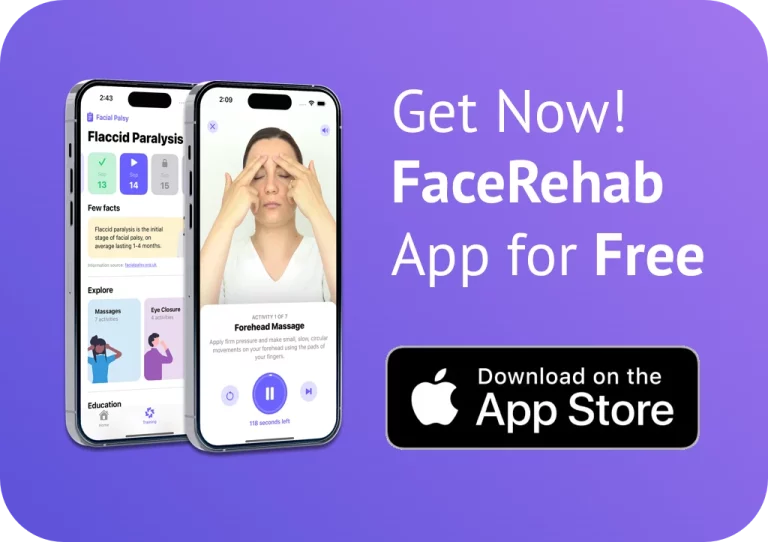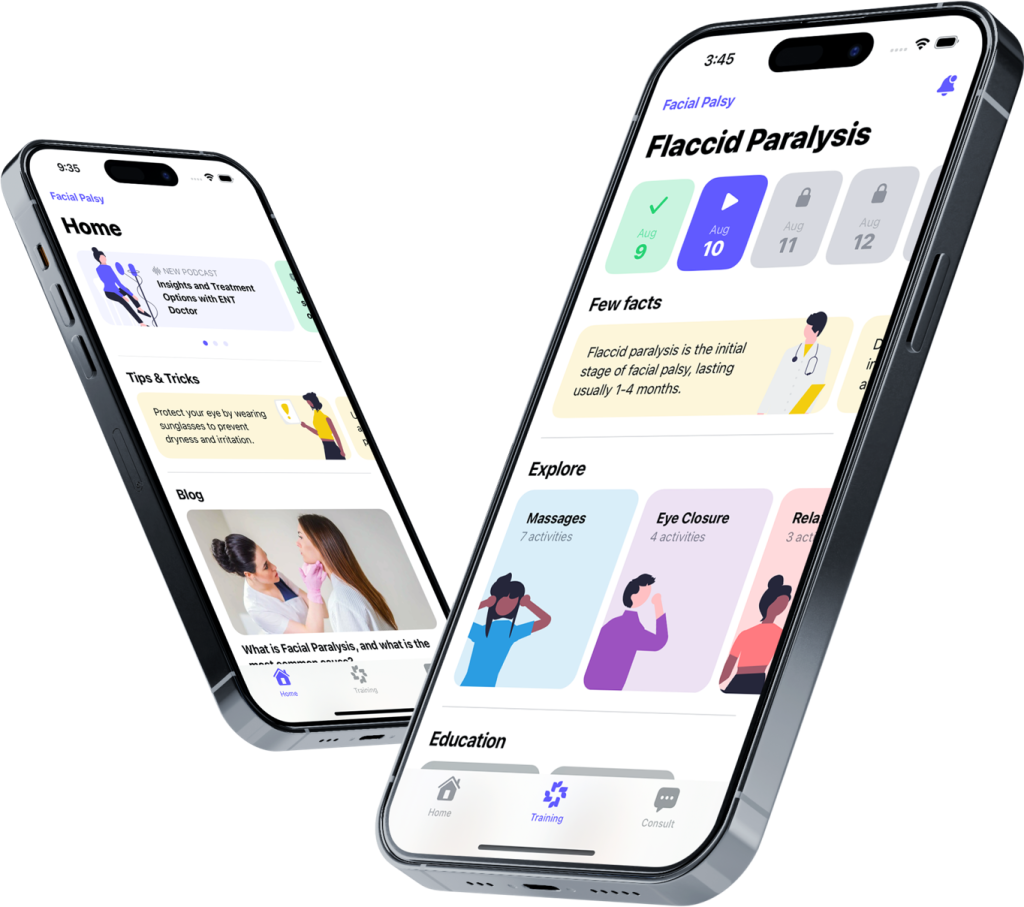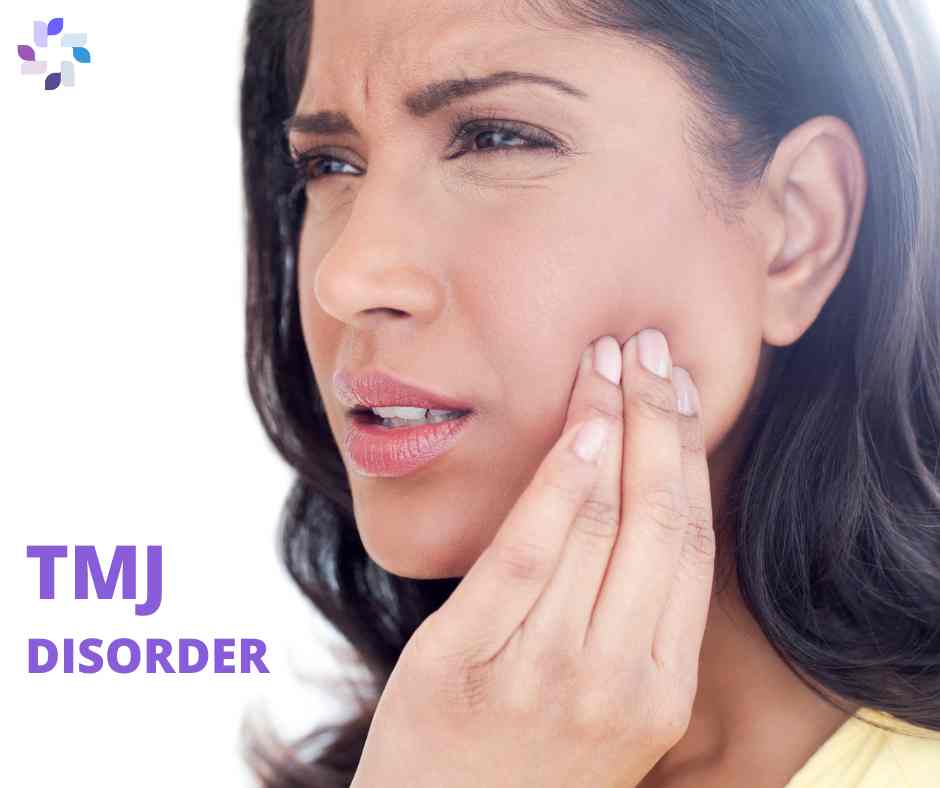Dry eye is a common problem that can be particularly challenging for people with facial paralysis. The condition can cause discomfort and vision problems and may even interfere with daily activities. While there is no cure for dry eye, there are several steps that people with facial paralysis can take to help manage the condition and improve symptoms.
Read also: What Tools are Available for Tracking Progress of Facial Paralysis?
Keep eyes lubricated
One of the most effective ways to help manage dry eye is to keep the eyes lubricated. This can be done by using artificial tears or other eye drops throughout the day, as needed. It is important to choose a lubricating eye drop formulated for this purpose, as these drops are typically more effective at providing long-lasting relief.
Avoid activities that may worsen the condition
Another way to help manage dry eye is to avoid activities or environments that may worsen the condition. This may include avoiding exposure to dry or dusty air, turning on a humidifier, or wearing sunglasses or a hat when outside to protect the eyes from wind and sun.
Take care of your eyelids
It is also important for people with facial paralysis to take good care of their eyelids. This may include using a mild, oil-based cleanser to clean the eyelids and lashes and using a warm compress to help loosen any crusting or debris that may accumulate on the eyelids.
Use medications
In some cases, it may be necessary to use medications to help manage dry eye. This may include prescription eye drops or ointments, or even oral medications. It is important to consult with a healthcare provider or ophthalmologist to determine the most appropriate treatment plan.
Stay hydrated
Another important aspect of managing dry eye is to stay hydrated. Drinking plenty of water and other fluids can help to keep the body and eyes properly hydrated, which can help to reduce the symptoms. In addition, eating a healthy, balanced diet that includes foods rich in omega-3 fatty acids, such as fatty fish, nuts, and seeds, may help manage dry eye.
Pay attention to your blink rate
It is also important for people with facial paralysis to pay attention to their blink rate. Blinking helps to spread tears across the surface of the eye, which can help to keep the eyes lubricated. People with facial paralysis may have a lower blink rate due to muscle weakness or paralysis, which can contribute to dry eye. To help stimulate the blink reflex, it can be helpful to place a small sticker or dot near the tear duct on the affected side. This can help to remind the person to blink more frequently, which can help to reduce dry eye symptoms.
Consult with a specialist
In addition to the above steps, it may be helpful for people with facial paralysis to consult a healthcare provider or ophthalmologist for further guidance on managing dry eye. They may be able to recommend additional treatments or strategies, such as using punctual plugs or eyelid inserts, which can help improve tear production and reduce dry eye symptoms.
Conclusion
Overall, managing dry eye while living with facial paralysis can be challenging, but the right strategies and treatments can improve symptoms and maintain good eye health. It is important to stay vigilant and seek guidance from a healthcare provider or ophthalmologist to help manage the condition and improve the overall quality of life.
If you are interested in consulting with a healthcare provider or physical therapist specialized in facial paralysis, you can visit the web page “Consultation” to schedule an appointment.








